With Podcast Pantheon, Benjamin Cannon establishes a new podcast canon and interrogates how we talk about the art form.
In the summer of 2014, Ira Glass and the team at This American Life knew they were onto something big. The celebrated public radio program turned evergreen “most popular podcast in America” had come across a story simply too compelling to squeeze into an hour-long segment. They instead chose to launch a standalone show to tell this tale, week by week. After nearly two decades on the air, this would be their first original podcast, untethered at last from the strictures of the broadcast clock and allowed to fully explore the space of this still fledgling medium. In the initial press release Glass likened it to a gripping HBO drama, but one made specifically for the ears. It sounded too good to be true: podcasting’s first must-listen program, combining the intimacy of audio with the narrative sensibilities of prestige television.
What came next forever changed the world of podcasting. Serial debuted in October 2014 to almost immediate fanfare. Within days, Glass appeared on The Tonight Show, an almost unheard-of feat for someone from the audio sphere. The rest of the story is well-trod territory at this point, but it bears repeating: The murder investigation captivated hundreds of millions of listeners, igniting a demand for audio in a manner all but unseen since the dawn of the first radio age. It made host and producer Sarah Koenig into a star, venerated and lampooned in equal measure. For a great many, Serial was their gateway into podcasts. The tidal wave of interest it attracted helped to make the medium viable. This very publication had its own podcast dedicated to recapping each new episode of the show.
Yet, from this vantage—20 years after the very first podcasts, and 10 years following the medium’s breakout moment—one question won’t stop buzzing around in my head. Why do podcasts have such a curiously minor footprint in the broader culture, especially as the format only continues to increase in popularity? According to Edison Research, in 2014, just 15% of the U.S. population had listened to a podcast in the past month. A decade on, that number has more than tripled, encompassing a whopping 47% of Americans. Why, then, is the conversation around them so muted?
In my view, the obvious answer is a lack of in-depth media attention. What coverage exists is primarily dictated by new releases, particularly those of high-profile celebrity-fronted shows and their attendant PR campaigns, or is relegated to the year-end encomiums of the Best Of list. The A.V. Club launched podcast coverage all the way back in 2011, but still, the Podmass feature was solely focused on rounding up the latest new releases.
All of this is to say that the podcast-listening community is underserved by the media at large. It’s not solely a matter of getting shows in front of ears. Rather, the history of the medium hasn’t been appropriately preserved and cherished. Beyond an obvious few, the names of brilliant creators aren’t part of our shared cultural lexicon. Shows aren’t dissected artistically with the same fervor as episodic television or the world of film. The whole “out of sight” component—one of podcasts’ biggest strengths—seems to have ended up fulfilling the rest of that hoary maxim.
If this absence of critical analysis for a medium sounds like small potatoes, consider the growth film culture has achieved through writing and discussion. Cahiers du cinéma, Pauline Kael, Roger Ebert—even Nathan Rabin—all helped to advance our shared lexicon for regarding and dissecting movies. Critics don’t exist as some sort of golden mean, evaluating works in a purely Manichaean light. They help to instill new ways of seeing and experiencing, subtly shaping our faculties through their examination of technique, structure, message, and tone. To paraphrase some classic Ebert wisdom, a critic isn’t simply concerned with what a work is about, but more how it is about it.
As podcasts enter their third decade, one can’t bemoan the dearth of closer listening and discussion without seizing the opportunity to set things right. To that end, I will be using this column to formalize a Podcast Pantheon, elevating works to their just place and talking about the approaches of their creators. More to the point, it will be one composed of the best shows that haven’t always gotten their just recognition. An audio cult canon, if you will.
So what will this list look like? I have a few criteria:
- 1. No chat casts—at least for now. This isn’t meant to denigrate that form, but I also feel that it’s a little bit apples and oranges. It’s inarguable that personality is monumentally important in the podcasting space and certainly not everybody has the ability to hold listeners’ attention for hours upon hours, week after week. The sticking point here is that they’re usually devoid of editing or any other approach worthy of discussion.
- 2. A certain degree of priority will be given to short-run podcasts. It becomes hard to evaluate the artistic merit of something that has 1000 hours of content with no end in sight.
- 3. It has to be available for everyone. That means no paywalls and that you can go listen to it today. The point of this is to help listeners rediscover programs that they may have originally missed, and this is a medium whose very core is about open access.
- 4. Video is not a part of the recording. Rule one mostly covers this, but nothing rankles quite like witnessing audio production become an afterthought in its own medium. While it can help extend a show’s reach through social media, it only ends up muddying the difference between true audio-first productions and YouTube videos one just listens to idly.
One last caveat: like cult films, not every podcast covered here will be great. But they will have done something entirely different and that alone is worthy of celebration. This isn’t meant to be a backhanded compliment in any way; the purpose of this column is to examine certain choices made by creators in telling stories and situate them within the larger context of the audio medium.
When it came time to select the first show to be enshrined in the pantheon, there was only one choice I had in mind: Have You Heard George’s Podcast?, a uniquely incandescent program from celebrated British writer-performer George Mpanga—working under his nom de plume, George The Poet. It’s a veritable thumb in the eye of a world bent on sanding down the rough edges of culture for mass market consumption.
I’m certainly not the first to fête the show, which has already won a Peabody, among other accolades. The way I see it, this is a podcast that simply wouldn’t exist without the popularity of Serial giving credence to the medium as a proven communication channel. All of a sudden, those in the media ecosystem were made aware the right stories could capture a motivated and engaged audience in ways previously unimaginable. The dominoes fell rapidly from there: Gimlet Media broke big, showing venture capital that investment in podcasting was no longer a risky gamble; money flooded the zone, attracting talent of all kinds, and listeners followed in droves. Podcast creators with a vision and ambition were no longer afraid of languishing in obscurity, the space was now a proven launchpad with potentially global reach.
How else to explain a rapper like George The Poet putting the brakes on a music career and choosing to make podcasts as a means of growing his influence? And yet, you’d be hard-pressed to find two more radically different shows than Serial and this one, in approach, tone, and ambition. I feel safe in saying that Have You Heard George’s Podcast (hereafter, HYHGP? for simplicity’s sake) is among the more sui generis productions to ever come out of podcasting, full stop.
By turns it is a soul-searching, diaristic reflection on life as a Black man in contemporary British society, a trenchant dissection of colonialism in the Caribbean and Africa, an inspired manifesto for economic change in minority communities, and a vibrant celebration of the creative process. It is lyrical, engaging, transportative, imaginative, and educational.
Attempting to describe its many facets in full can feel ungainly, due to Mpanga’s expansiveness, in both spirit and scope. One need only take the briefest of glances at Mpanga’s life to understand why. From growing up in the rough and tumble Saint Raphael’s Estate in Northwest London raised on grime and dancehall music, to studying at Cambridge with a dream of becoming a Member of Parliament, the podcast vibrates with the energy of these seemingly parallel lives intertwining like oscillating sine waves.
As if that wasn’t enough, every episode is meticulously written in rhyming verse, drawing from Mpanga’s past as a rapper and spoken word artist and using it to amplify his socially conscious message. This could easily have begun to feel forced in another’s hands, but each composition is assuredly performed, Mpanga’s wry baritone striving to imbue each recording with a real sense of connection to the listener. It’s a striking thing. Narrative audio storytelling can act as a magnifying glass for inauthenticity. Subtracting other sensory inputs only heightens the importance of emotional honesty and engagement with the text. For his part Mpanga just nails it. Emotions are honest to the point of tangibility. Just as one can hear the smile creasing his lips, moments of doubt and pain are even more acutely felt.
Even with all of this, the real X-factor that makes it such an achievement as a piece of audio art is the way it is bedecked with some of the richest sound design, recording, and mixing to ever grace the medium. Through it, Mpanga and his super-producer/composer/sound designer Paul Carter (aka Benbrick) have managed to overcome one of the biggest hurdles that has bedeviled many lesser creators. Namely, translating cinematic storytelling to an audio format in a wholly organic fashion.
Podcasts, and audio fiction more specifically, have too often struck a false note for their desire to overexplain the world that sits just beyond the listener’s ears, as if not seeing it renders the environment otherwise impossible to perceive and intuit. Narratives are often clumsily structured around one of a handful of tropes, such as found audio, or the central character just happens to be recording a podcast as a means of explaining how events are caught on tape.
Where HYHGP? succeeds is in the trust it endows listeners, to understand the inherent mutability of the show’s narrative world without holding their hand along the way. An episode of the show may quickly transition from George’s probing narration to a hallway filled with different chambers of George’s mind, jumping to a memory from his past before diving down a tangential rabbit hole, which opens up a window into a future George dreams of, before arriving at a house party, which he has to step outside of to talk about some uncomfortable truths. It sounds exhausting when written out, and that’s the beauty of the show—it flows so deftly and seamlessly that listeners are rarely left adrift.
In many ways, it feels like Mpanga and Carter have cracked the code. Through extensive use of binaural recording and cinematic mixing, they situate sounds around the listener, painting in this dynamic world without skipping a beat. Their ability to whisk listeners across space and time without so much as a word feels revolutionary. The shifting landscapes are almost entirely communicated entirely through changes in the sonic environment alone. It can be something as simple as the change in reverb on Mpanga’s voice when moving from an outside to an indoor space, but the effect is mesmerizing in practice. It quite literally communicates volumes.
Were it all about the artifice, the podcast would likely wear out its welcome in quick fashion. Instead, it has sturdy bones, bolstered by Mpanga’s deep desire to investigate, educate, and build community. It’s easy to see how the program went from an independent production to being scooped up by the BBC in the span of its first year. That acquisition didn’t change the tenor of the show, instead granting it greater license to chase wild hares and increase production value. In any creative art, more money spent can often be inversely proportional to quality, but here much of the money seems to have gone towards music licensing. There is a shock Celine Dion needle drop that closes out the second season and it feels like an absolute triumph.
The show is also something of a test case in examining the methods by which a particular podcast ought to be experienced. Just as the majesty of certain films can only be grasped when viewed in pristine 70mm, while others beg for a rough repertory print amid a rowdy crowd, every podcast has its own ideal methods and settings for complete enjoyment. A great many shows that I love dearly are one earbud in while washing dishes kinds of programs, and it says nothing ill of their inherent quality. Others are strictly over-ear, noise-canceling headphones in a darkened room kind of shows, where the level of sonic craftsmanship can be cherished. HYHGP? manages to be somehow both at once. It is a podcast so chock full of ideas and important messages that it can be consumed on one somewhat passive level, but it only further unlocks and rewards on closer listening. Benbrick’s precision and studio wizardry can make it sometimes sound akin to an imperial period Steely Dan recording, and that deserves to be celebrated just as fully.
In a world where podcasts are seen more as content than craft, where a bit of lewd onomatopoeia on TikTok can land you a top 10 debut on Spotify, it’s important to recognize the brave souls out there pouring their all into pushing the medium forward. The simple act of taking this tool for audio syndication and fashioning it into a firehose blasting free art to the masses feels like a radical one. So, go ahead. Take a moment, find a quiet place all to yourself, and experience a radically different corner of the medium. And when you’re done, come and let me know what you think. I’ll see you here next month for another entry in the podcast pantheon.

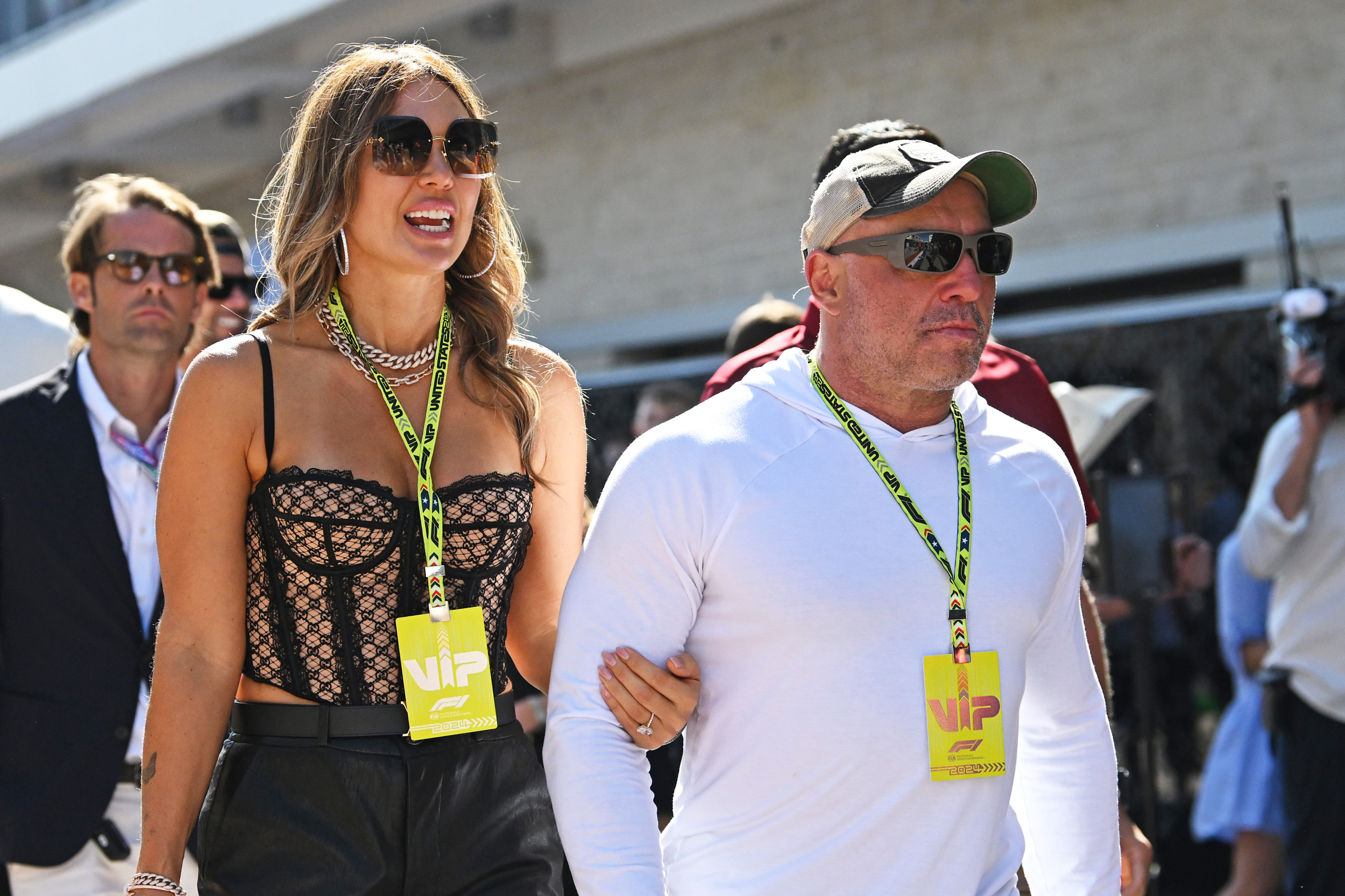

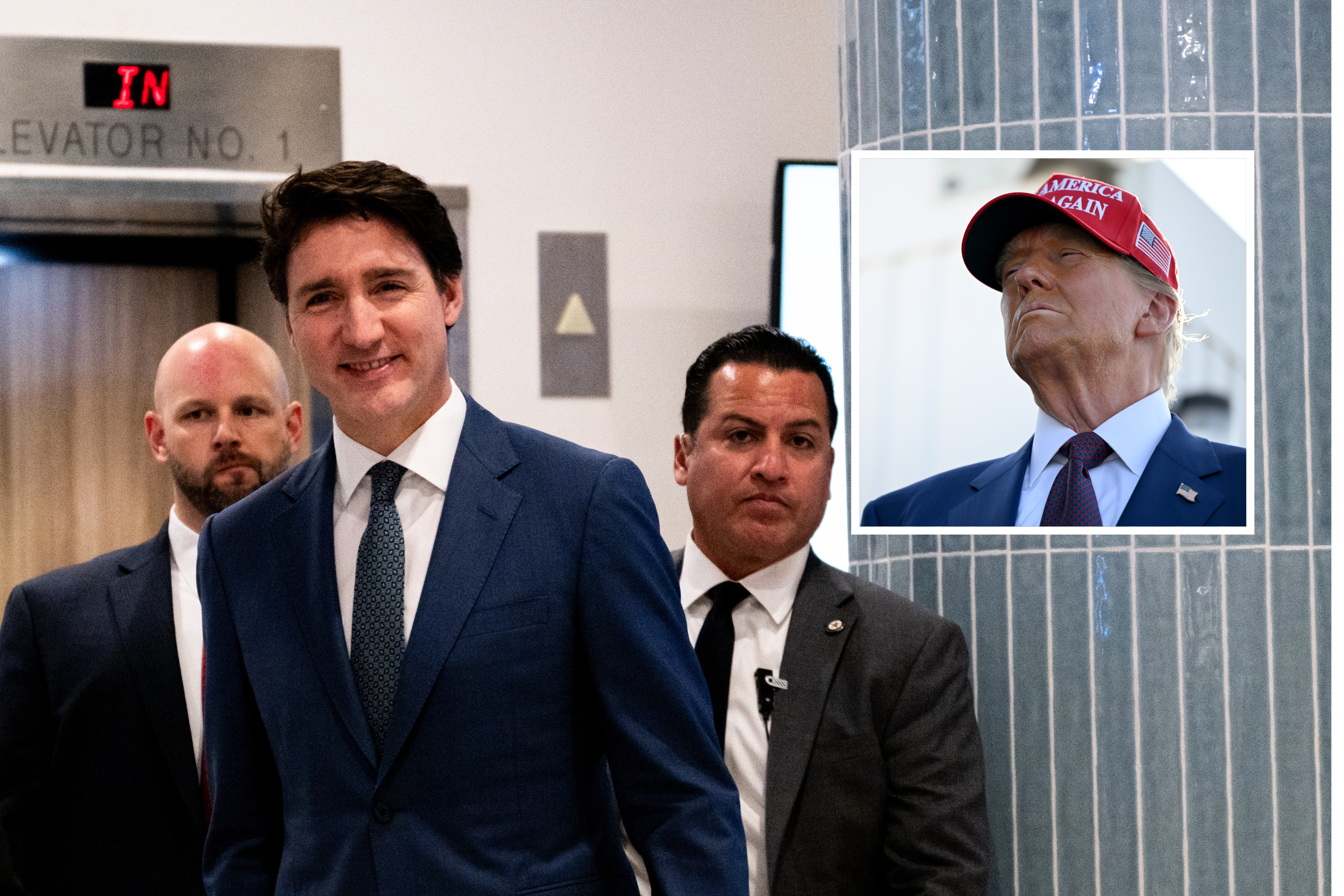


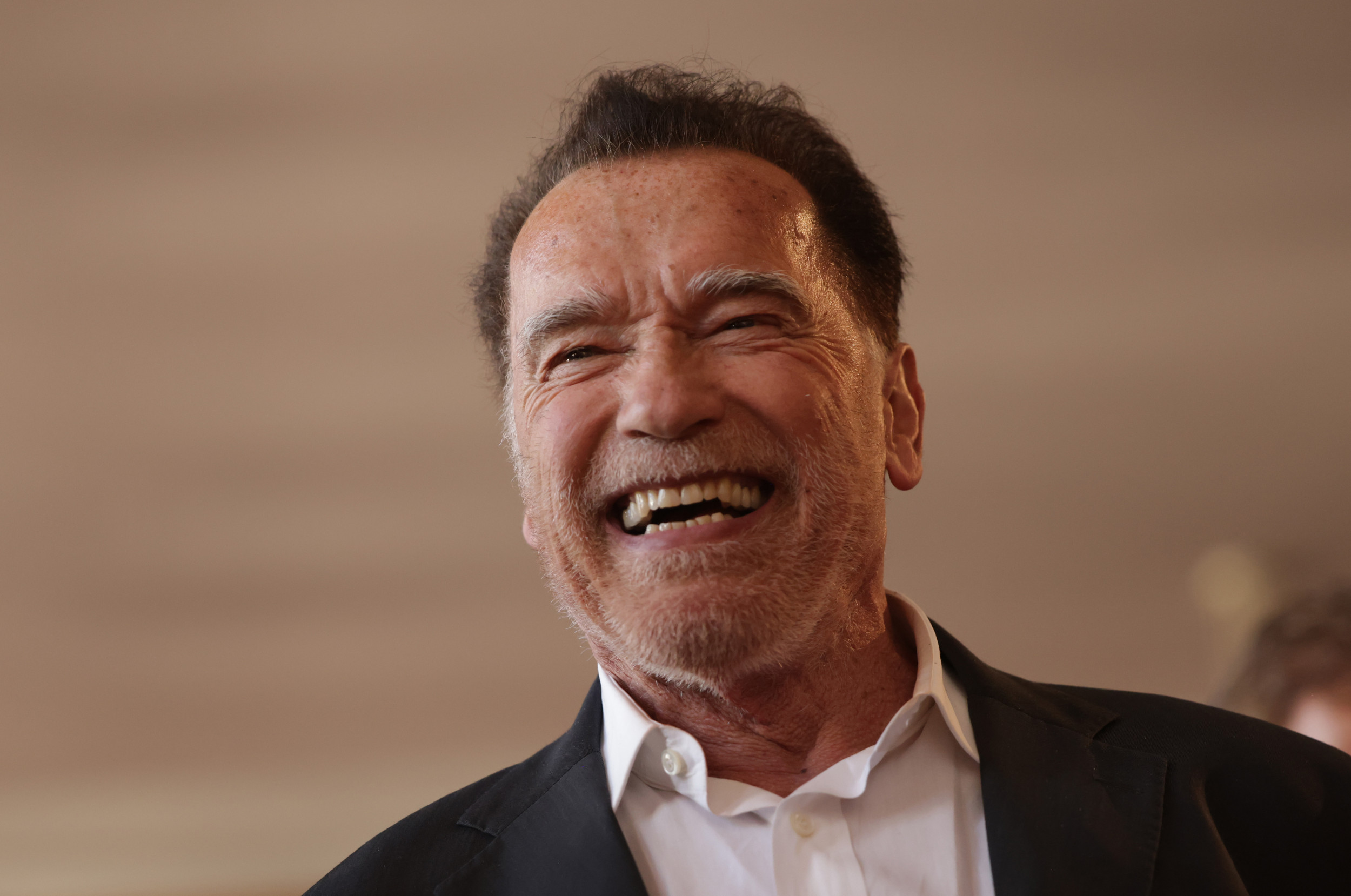
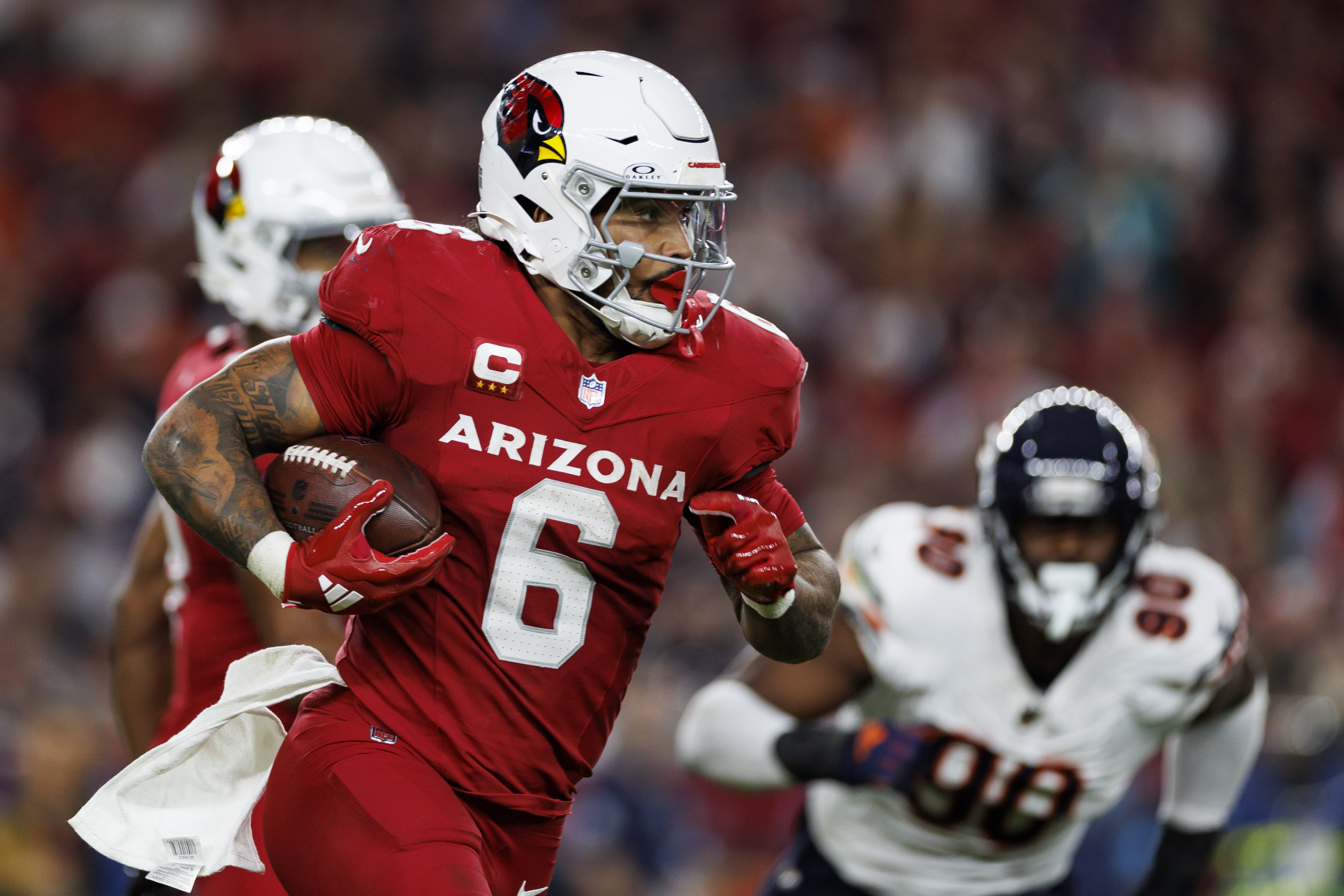



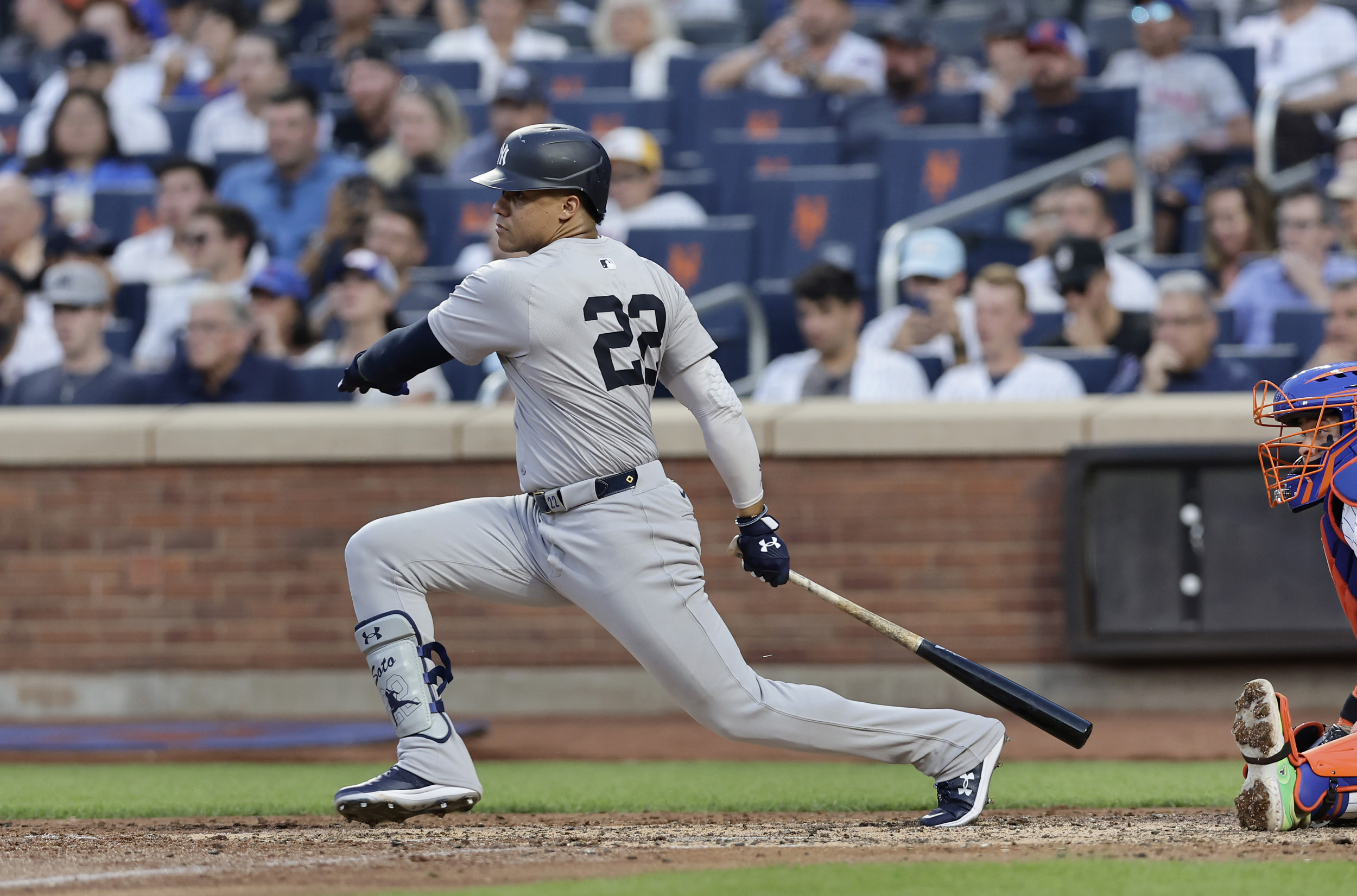








 English (US) ·
English (US) ·